Polygon Network: Solving Ethereum's Scalability
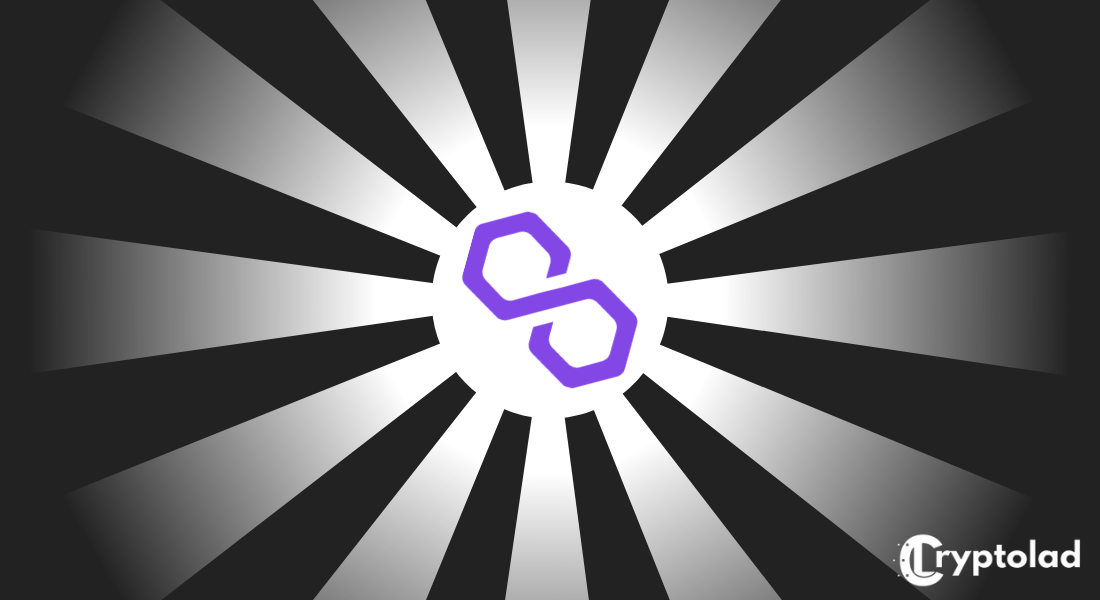
Ethereum blockchain's scalability has been an issue for the longest time.
Luckily, Polygon is a company that has been working on finding the solution to these scalability issues.
The vision is to take the scalability a notch higher using proof of stake side chains.
Polygon aims to resolve the scalability issues so that Ethereum Blockchain users can get faster confirmations and lower transaction fees, among other benefits.
Over the years, many networks have been formed to better the scalability of Ethereum.
But what makes Polygon different than these other projects?
Let me explain...
What Does Polygon Network Do?
Besides finding solutions to the Ethereum blockchain's scalability, Polygon also aims to improve the usability of Ethereum without losing the decentralization advantages.
Also, Polygon believes they can leverage the existing community to improve functionality and user experience in the dApps.
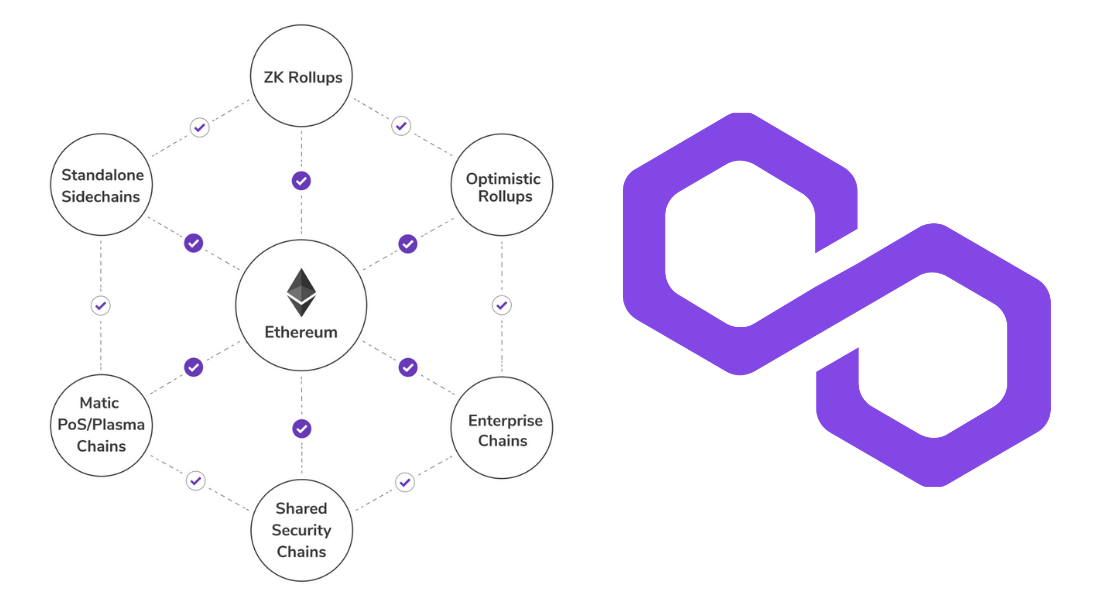
The development team envisions using Polygon's network as the side chain scaling solution for any blockchain, not just Ethereum. That means the network can solve a couple of problems that face the current blockchains.
Below we will take an in-depth look at how Polygon plans on solving these issues.
How the Polygon Network Works With Ethereum
Without a doubt, Blockchain technology has advanced a huge amount over the last couple of years.
However, there are still some problems these blockchains tend to face from time to time.

And as we have seen, sometimes, when the blockchains try to provide solutions to one thing, it leads to potential sacrifices on other essential features.
Luckily, Polygon has taken stock of all the challenges that face the blockchains and has attempted to provide solutions to the same. In Polygon's lightpaper they address current issues and how they plan to supercharge Ethereum's blockchain.
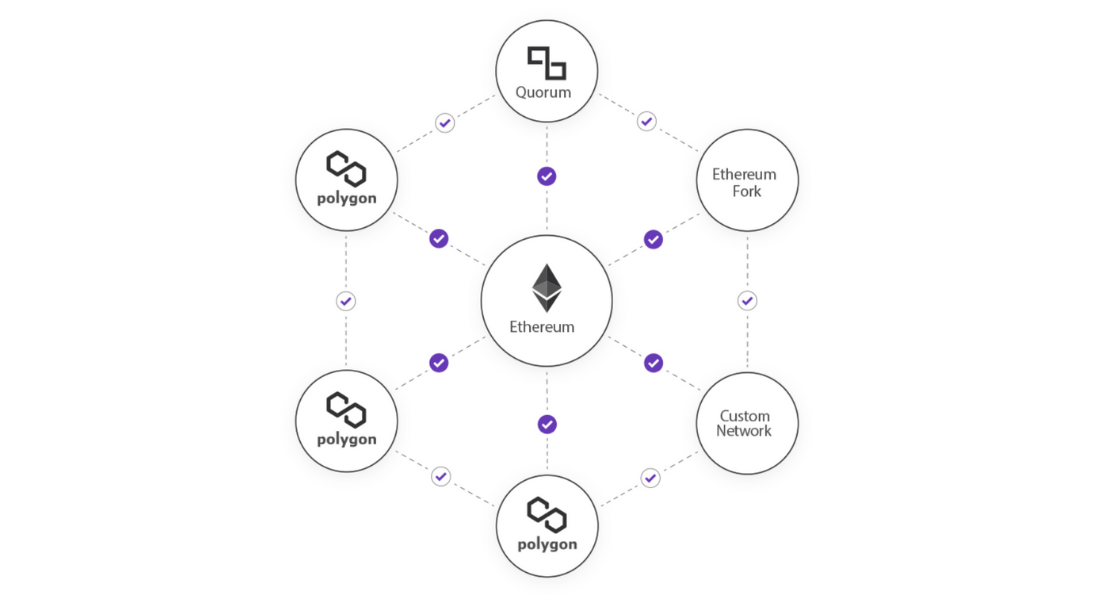
Some of the solutions that Polygon brings to the table include;
•Blockchain Size
Essentially, public blockchains require each node to manage a complete copy of the blocks and state the chain.
However, as time goes by, the blockchain tends to grow larger, and the number of participating nodes grows smaller. When it gets to this point, it threatens the blockchain's decentralization.
With Polygon's network, it can only store blocks from the last checkpoint to the most recent checkpoint in the primary layer.
That's only possible because prior blocks have been submitted to the main chain. That means that even mobile devices can run specific nodes.
•Scalability
The blockchains' scalability will be possible through the additional side chains, as we mentioned earlier.

Each side chain will theoretically add the block capacity of 216216 transactions per second. The best part is that it will still use the same proof of stake checkpoint layer.
This is a solution that gives Polygon the ability to scale all the way to millions of transactions per second.
•Low Transaction Throughput
The major con that comes with most public blockchains is the lag between blocks.
That's because there is always a need for enough time between each block to allow for propagation.
Also, to ensure rapid propagation, blocks are always kept intentionally small. However, that tends to limit the number of transactions a block can handle.
Polygon provides a solution to this issue by producing the blocks in a Block Producer Layer. That encourages the rapid production of blocks.
What's more, it promotes decentralization using the Proof of Stake Checkpoints. This is a configuration that Polygon itself has created. It theoretically allows up to 2162216 side-chain transactions per second.
•Slow Transactions
Blockchains are generally slow most of the time, especially the proof of work blockchains.
To avoid this limitation of slower transactions, Polygon uses the Proof of Stake algorithm. The best part is that it works on the limitation while still maintaining decentralization.
Polygon's network operates so that consensus is done by selecting block producers chosen by stakers.
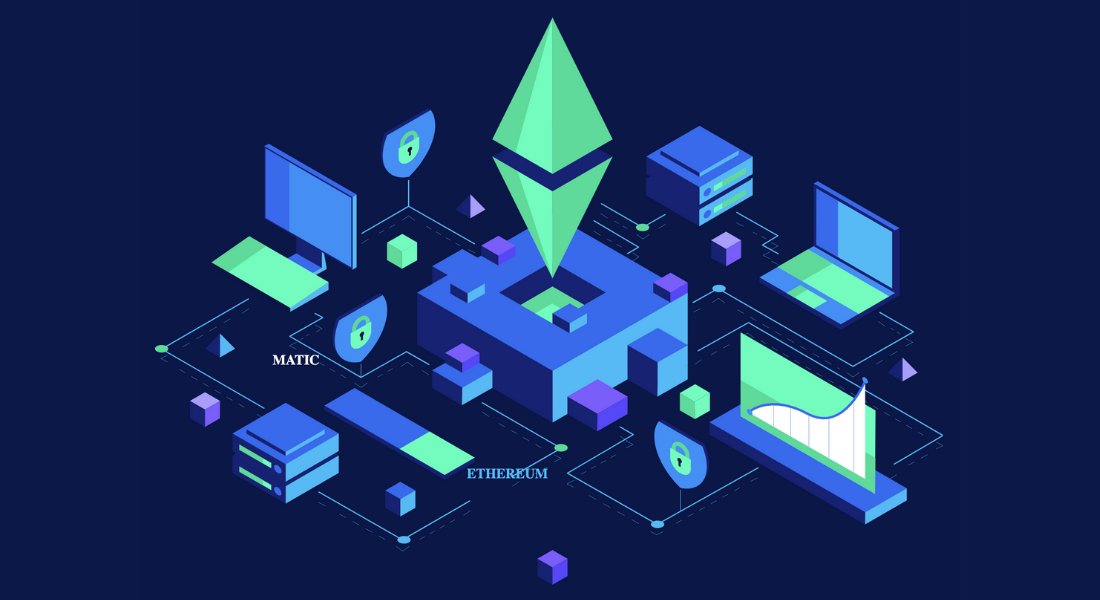
Furthermore, Polygon uses POS as the layer that validates the blocks and publishes the side chains' roots to the Ethereum main chain.
This is a procedure that ensures blockchain confirmations that are below 2 seconds. At the same, providing a high level of decentralization maintains.
•High Transaction Fees
It is evident that there is variability in the fees of most blockchains depending on the size of the block and transaction pool.
However, these fees tend to be too high in some cases for a certain period.
But with Polygons network, it has been possible to scale by completing a larger number of transactions in the Block Producer Layer.
That means Polygon makes it possible to have lower transaction fees on the Ethereum blockchain.
•Poor Usability
Currently, the user interface of most dApps is relatively low. In that, we can't compare them to te their centralized counterparts.
Therefore, there is a need for change in this section, and the most significant difference is Polygon.
If we expect to achieve mass adoption, the user experience in the decentralized apps needs to be as good as the centralized apps or way better.
The good thing is that the Polygon team promises to create web and mobile browser integration and protocols that will improve the usability of dApps.
What's more, they ensure that the users get a more secured interaction environment for the dApps.
•Multiple Micropayment Channels
The idea of opening several micropayment channels is quite complicated.
Also, several projects have tried to offer this solution, and it has not yielded any luck.
However, Polygon has solved this issue by providing Ethereum Virtual Machine. This machine negates the need to have several payment channels for micropayments.
Polygon ensures that any valid Ethereum address is also a valid Matic address. That means that the receiving end doesn't even need to be part of Polygon network.
To retrieve their payment, they only need a Matic wallet.
The Matic Wallet
The team behind Polygon has been working to bridge the gap between the Ethereum Network user experiences and scalability issues.

Polygon aims to develop plans that give the users a more comfortable time interacting with the dApps deployed on the Plasma and Ethereum chains.
The Matic wallet tends to significantly increase transaction speed, allowing the user to access two different networks simultaneously.
What's more, the Matic wallet makes it easier to connect mobile wallets and dApps with reliable end-to-end encryption.
It will be as easy as just scanning a QR Code. That ensures interaction between the users on the dApps without private keys having to leave the device.
Polygon's Use Cases
Polygon's main aim is to provide a scalable and user-friendly ecosystem that will allow third-party dApps to thrive.

Polygon will award grants and funding to third-party app developers to build several different use cases.
Some of these use cases will include;
•Atomic Swaps
With the Polygon smart contracts, it will be possible for the users to pay with any crypto token they'd prefer.
On the other end, the receiver will receive assets in the tokens they prefer.
Polygon will be the body to handle the tokens' conversion through atomic swaps between these cross-chain crypto assets.
•Payments
Polygon will essentially provide its users with an interface for payments APIs, users, and SDKs for the dApps.
It will be easier for users to pay or accept crypto assets through the Polygon network instantly.
For instance, the ERC20 tokens, ERC721 tokens, and Ethers.
It will be possible for third parties to use Polygon to exchange the tokens they already have for other tokens.
All the users need to do is leverage the 0x liquidity pool while transferring their crypto assets.
If a user wants to transfer fiat, there is no need to worry as Polygon's Development Team plans on collaborating with the fiat liquidity providers in the currencies of certain major countries.
•Decentralized Exchanges
Polygon has similar characteristics as an exchange platform.
Hence. The forum will facilitate faster and cheaper trades.
Therefore, Polygon will facilitate reliable, easy, and trust-less crypto trades.
Having such a decentralized exchange platform is the future of digital assets as it provides better security and solvency than the centralized exchange platforms.
•Identity
Users in the digital assets space have been craving a practical and user-friendly interface that doesn't necessarily require Web3 and Metamask enabled browsers.
Simply, an interface that doesn't need to understand how Ethereum works.
Mostly, decentralized apps will need a way to sign transactions.
However, that will need to happen without submitting their private keys on every dApp on the mobile apps or web browsers.
Users need to control their private keys without worrying about the security of their private keys.
Polygon brings a reliable solution by giving the users an open-identity system that will deliver the users a seamless experience.
What's more, this system will provide a way to auto-approve certain natures of transactions depending on the criteria that the users choose.
That's what will drive the recurring payments on the Polygon ecosystem.
•Lending Platforms
Polygon will also enable platforms where merchants will assess the connected users' creditworthiness.
That will be easy as checking their transaction history. That will allow the merchants to lend tokens to users on the network when transacting with another user who doesn't have adequate tokens.
Polygon will use the Dharma protocol to provide its users with tokenized debts.
•Games
Games are also going to be a big part of Polygon. In that, it's expected that the ERC721 will be bought, sold, and traded in vast amounts on the side-chains.
Also, if developers choose to save their game states on the side-chains if they wish to.
Polygon will enable an NFT marketplace and, along with it, will provide users and developers with fast, secure, and efficient side-chains to not only build but also play games on.
•Dagger
With the dagger, Polygon will provide developers with an infrastructure.
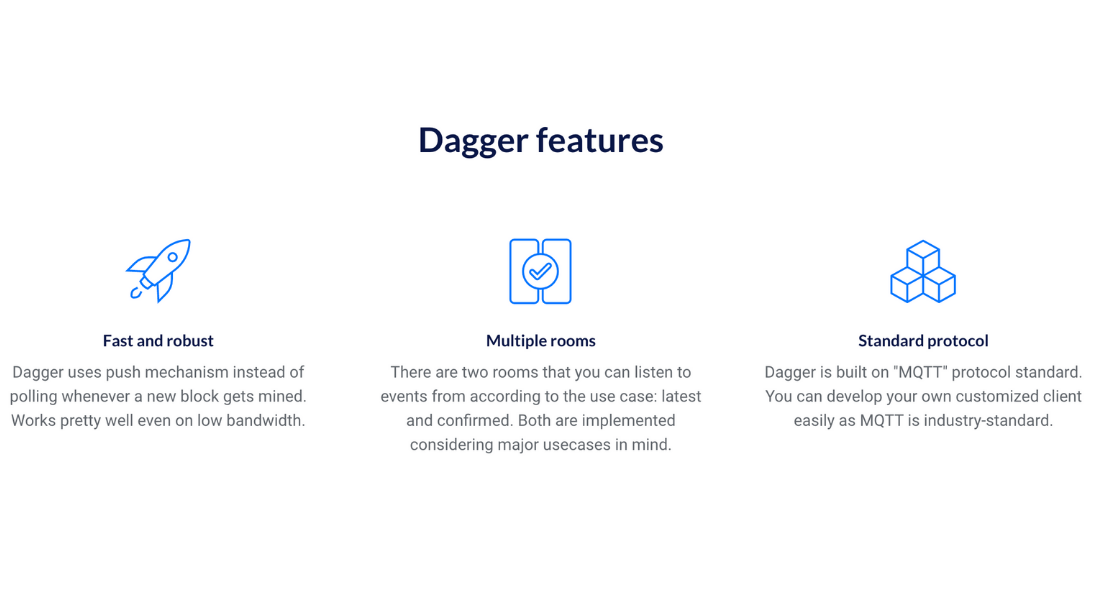
The dagger is a tool or engine that will help track Ethereum events and accounts in real-time.
Therefore, developers can use the dagger to track their own accounts, transactions, and smart contracts.
Dagger can also integrate with third-party services and custom services through Zapier or IFTTT.
•Infrastructure
The development team of Polygon will work on a simple mantra, making it seamless and straightforward.
Therefore, Polygon will provide a new infrastructure around the Polygon Network.
The network will also offer user-friendly wallets for individual merchants and users, payment SDKs, payroll dashboards, and other open-source tools.
Polygon Network Reviewed
Well, now there you have it- everything you'd like to know about the Polygon Network.
As we have seen from the article, the main aim for Polygon is to provide improved scalability for Ethereum.
Scalability is one of the most significant challenges facing Ethereum Blockchain.
That means many competing projects are aiming to do the same.
So, if Polygon can offer the first and best solution to that, it will become the top blockchain project in the industry.
With that said, Ethereum is going bigger and better, so stay tuned for more exciting details on other interesting upcoming projects.
PS: We Love Your Comments!
Do you think Polygon can solve Ethereum's scalability issues?
Let us know below...